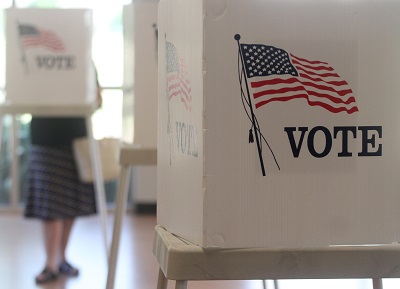Curtain Rises on Shutdown Theater
With House Republicans locked in an increasingly ugly intra-party battle and unable to even begin debate on the most noncontroversial of its spending bills, a government shutdown — the third since 2000 — is approaching like an oncoming freight train. The stakes are significant. The 2019 partial government shutdown bled $11 billion from the economy during the fourth quarter of 2018 and the first quarter of 2019, according to analysis from the nonpartisan Congressional Budget Office.
The Bay Area, home to more than 45,000 federal employees, would feel acute impacts, as everyone from economists and park rangers to prosecutors and scientists would be furloughed without pay. Moreover, a shutdown will impact a constellation of new programs related to domestic semiconductor production and increased broadband deployment. The Commerce Department is sprinting to get initial tranches of awards out the door in advance of a shutdown, but if the lights go out, that funding will screech to a halt.
Each year, Congress must pass 12 annual appropriations bills to fund the government. Quite often, these spending measures are wrapped into a giant, end-of-session “omnibus” spending bill, which has become a legislative bête noire among many hardline conservative members. As part of Speaker McCarthy’s negotiations to secure the speaker’s gavel, he committed to bringing 12 individual spending bills to the floor. However, dissent within the ranks — coupled with hardliners’ refusal to abide by the negotiated terms of the McCarthy/Biden debt ceiling agreement has left the House in a lurch.
Reality check: In the nearly 50 years that the current budgeting/spending system has been in place, Congress has passed all its required appropriations measures on time only four times.





